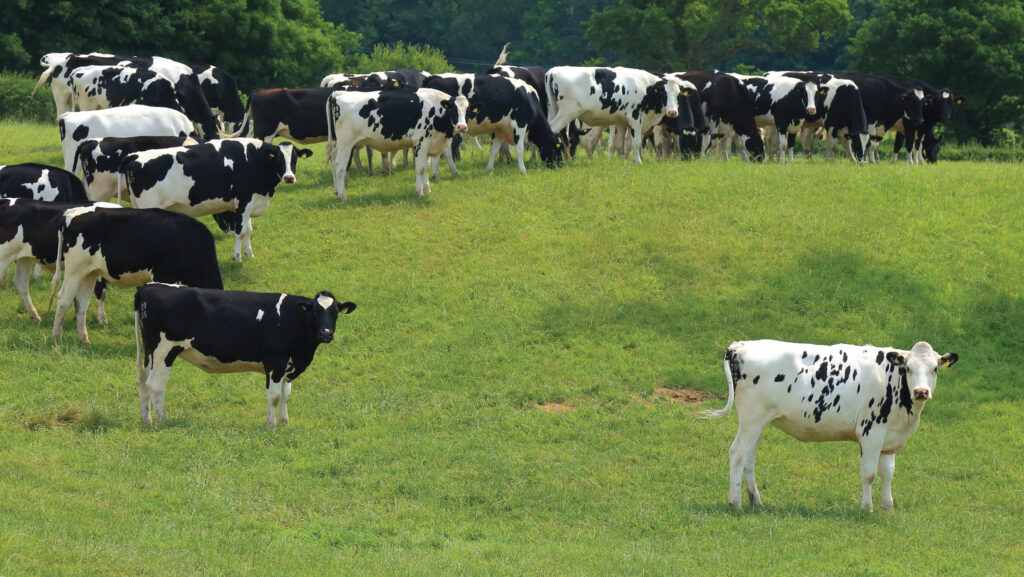One in 10 heifers calving with high cell count, shows data
 Heifers in some herds are calving down with high cell counts which can impact lifespan © Adobe Stock
Heifers in some herds are calving down with high cell counts which can impact lifespan © Adobe Stock More than 10% of heifers calved in with a high somatic cell count at their first milk recording, according to data from herds using the Mastitis Pattern Analysis Tool.
See also: How data analysis helped dairy herds cut mastitis cases
Vet Al Manning of QMMS said there was no correlation with cow cell counts post calving; this was a problem specific to first-calving heifers. And there are indications that there is a wider issue.
While many of these high-cell-count heifers went on to have a low cell count in lactation and no clinical mastitis, Al pointed out that there would have been consequences in reduced yields plus poorer fertility and, therefore, herd survival.
As high cell count is linked to stress, he thought the problem reflected heifer management around calving, particularly the environment immediately pre-calving.
While it is important to protect the heifer teat canal from environmental bacteria, it is not simply a case of improving summer fly control, applying Stockholm tar, or trying to teat-seal heifers in late pregnancy, he stressed.
“Heifers do have a keratin plug at the teat end, but we need to manage their environment better,” he said.
“Rather than separate heifers from cows at transition, pay more attention to space. Work with your vet to look at the factors involved – stocking rate, housing and feeding space, or building ventilation – and monitor heifers.”
Al Manning was speaking at the British Mastitis Conference, Worcester, on 18 June 2025.
